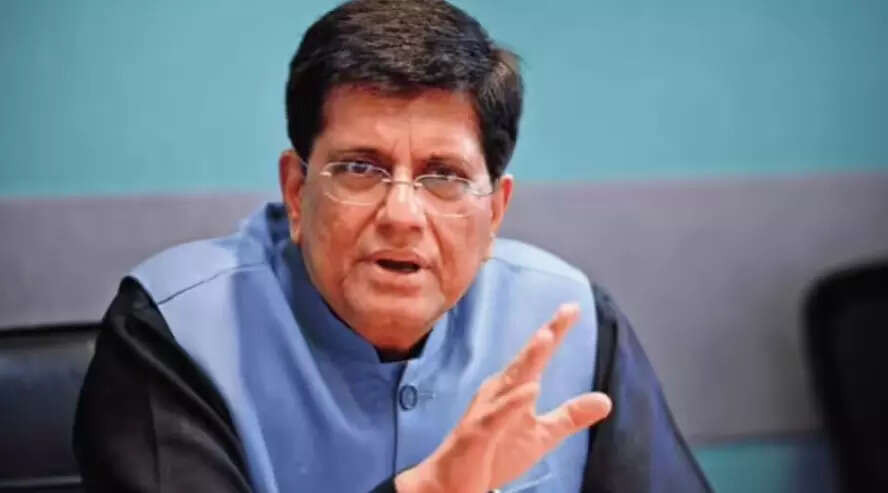Indian industry leaders have lauded the India-UK free trade agreement as a transformative step, anticipating expanded exports and increased investment across various sectors. The agreement is expected to reduce barriers in key sectors like textiles and gems, potentially tripling exports in some areas. British companies, particularly in aerospace and spirits, also welcomed the deal, foreseeing deepened collaboration and increased exports.
A Glittering Future: How the India-UK Trade Deal Sparkles for Business
For businesses on both sides of the Arabian Sea and the English Channel, the ink is barely dry on the new India-UK Free Trade Agreement (FTA), but the excitement is already palpable. Forget incremental change; this feels like a genuine leap forward, a potential game-changer poised to reshape trade dynamics and unlock untold opportunities. So, what’s all the buzz about, and who stands to gain the most?
A Transformative Deal for Indian Exporters
The agreement, years in the making, promises to slash tariffs on a vast array of goods, making Indian products significantly more competitive in the UK market. Think of it as a red carpet being rolled out for Indian manufacturers, artisans, and innovators. The expected gains aren’t just marginal; industry bodies are forecasting a substantial surge in exports across various sectors, injecting fresh energy into the Indian economy.
One of the biggest headlines revolves around the reduction of tariffs on items like apparel, textiles, and leather goods. These are labor-intensive sectors where India holds a distinct advantage. With lower import duties, Indian businesses can offer more attractive prices, potentially capturing a larger slice of the UK market. This isn’t just good for the bottom line; it also translates into more jobs and economic prosperity across India.

Gems and Jewellery: A Shining Example
Speaking of sectors poised for a boost, the gems and jewellery industry is practically radiating with optimism. The UK is a significant market for these luxury goods, and the FTA promises to level the playing field, allowing Indian artisans and businesses to compete more effectively with rivals from other nations. The elimination of tariffs on certain categories of gems and jewellery is predicted to fuel a surge in exports, benefiting both large-scale manufacturers and smaller, independent designers. Imagine more intricate necklaces, sparkling earrings, and expertly crafted rings making their way into the hands of UK consumers, all thanks to this landmark agreement.
This isn’t just about selling more bling; it’s about showcasing India’s rich cultural heritage and craftsmanship on a global stage. The FTA provides a platform for Indian artisans to connect with a wider audience, fostering appreciation for their skills and contributing to the preservation of traditional art forms.
Beyond Tariffs: Streamlining Trade Processes
The benefits of the FTA extend beyond tariff reductions. The agreement also aims to streamline customs procedures, reduce bureaucratic hurdles, and promote greater regulatory cooperation between India and the UK. This means faster clearance times, reduced transaction costs, and a more predictable trading environment for businesses on both sides. These seemingly small improvements can have a significant impact on overall efficiency and competitiveness.
The enhanced regulatory cooperation also paves the way for mutual recognition of standards and certifications. This means that Indian products that meet UK standards can be sold more easily in the UK market, and vice versa. This reduces the need for duplicative testing and certification, saving businesses time and money.
A Two-Way Street: Opportunities for the UK in India
Of course, the India-UK FTA is not just a one-way street. The agreement also opens up new opportunities for UK businesses to invest in and trade with India. As India’s economy continues to grow, the country represents a vast and increasingly attractive market for British goods and services. Sectors like technology, healthcare, and financial services are expected to see significant gains. For related reading, check out our article on India’s growing tech sector and investment opportunities.
The Road Ahead: Challenges and Opportunities
While the FTA holds immense promise, it’s important to acknowledge that challenges remain. Businesses will need to adapt to the new regulatory landscape, invest in upgrading their infrastructure, and develop effective marketing strategies to capitalize on the opportunities presented by the agreement. But the potential rewards are significant, and the India-UK FTA represents a major step towards a closer and more prosperous economic partnership. The coming years will reveal the full extent of its impact, but the initial signs are undoubtedly positive, pointing towards a future filled with increased trade, investment, and collaboration between these two dynamic nations.
Ultimately, the India UK Trade Deal holds the key to unlocking significant economic growth for both nations. By eliminating trade barriers and streamlining regulations, it creates a more level playing field for businesses, fosters innovation, and drives job creation. The true measure of its success, however, will lie in the ability of businesses to seize these opportunities and forge lasting partnerships that benefit both countries.






